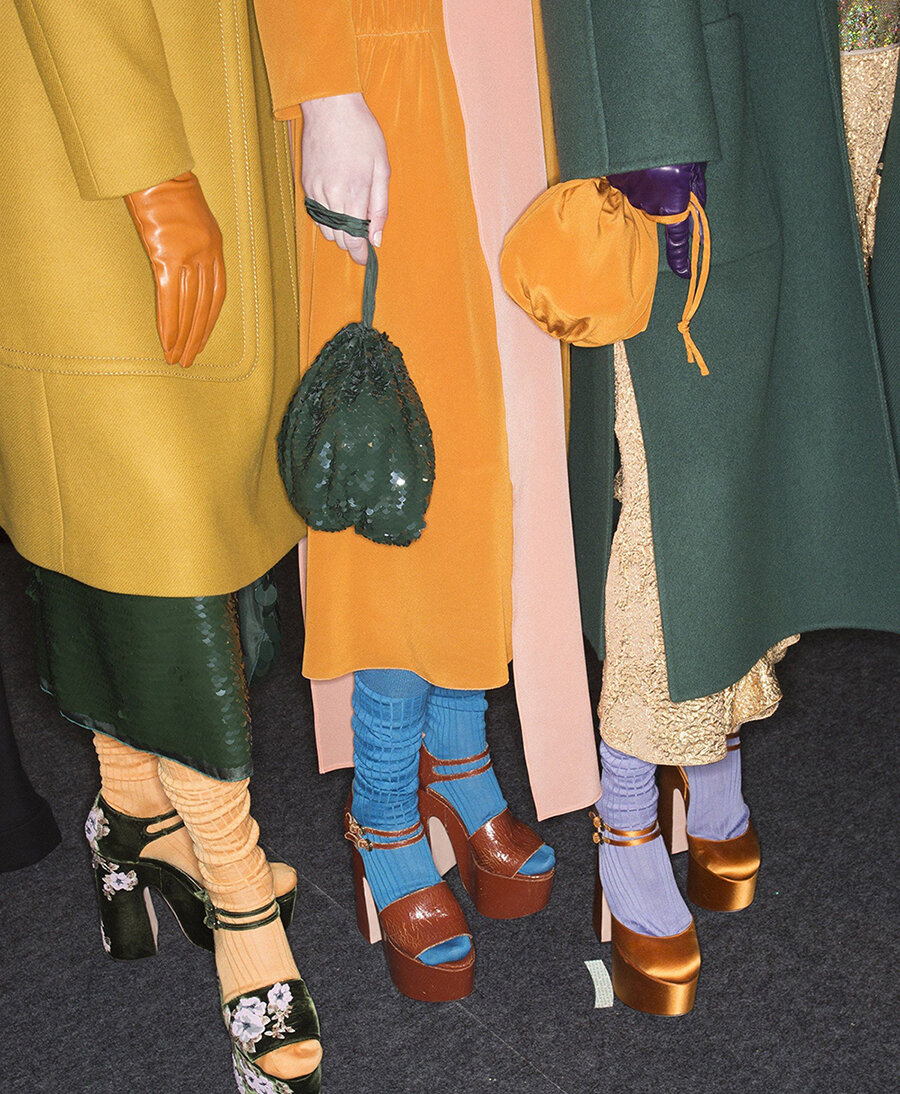Jul 30
The Impact of Covid-19 on the Fashion Industry

We don’t need to repeat it but will state the obvious anyways for the sake of this intro- we live in unprecedented times. For the past few months we’ve been living with social distancing and closed commercial practices as the norm for our daily life, which raises the question- has quarantine and the fact we cannot physically shop changed consumers’ general fashion and buying habits for the long-term? If so, is it for the better or for worse? Even more importantly, how is the industry adapting to these changes and what does it mean for the future of fashion? Although there are many uncertainties, one thing is sure: post-Covid consumers are searching for security, trustworthiness and clarity.
Consumer Behaviour Post-Covid
According to McKinsey’s annual report ‘The State of Fashion 2020’, published in late 2019, the industry was already on ‘High Alert’ due to pessimistic outlooks for this year (in contrast, we thought 2020 would be our year and made 50 bucket lists of self-reinvention… oops). The Coronavirus crisis has only worsened and further created a bleaker outlook for the fashion industry, catapulting the industry into ‘red alert’.
Many people have been economically affected one way or another by the slow-down experienced in the recent months, causing consumers to shift towards spending only on necessities and to become more discerning in non-essential spending. An interesting aspect regarding consumer sentiment highlighted in the study is that this unique market situation is driving the consumer to value slow fashion and sustainability. This is reflected in some brand’s recent decisions to focus on smaller and often season-less collections with garments that are made to be loved for longer. There has been an increase in sales of sportswear and loungewear due to more people working remotely from home. There has also been an uptick in interest by consumers for second hand clothes and rental services. Studies show that the future of fashion likely revolves around these points: digital sales are set to accelerate as more people will do their shopping from home, buying locally will gain importance and there will be more investment in local manufacturing. Fashion shows will lose importance while resale, rental and transparency are only set to grow.
How the Fashion Industry is Adapting
Due to the pandemic certain well-known issues of the industry were exacerbated- for example, the increasing popularity of e-commerce vs. brick and mortar stores. Zara closed down stores in order to focus on digital growth while others such as JC Penny have filed for bankruptcy. However, every crisis also brings new opportunities and for the fashion industry this means a chance to rethink how it does things financially and environmentally. Once the immediate crisis is over, companies will likely have to make bold and rapid interventions in order to stabilise their core business before seeking to expand to new markets or pockets of growth.
There are numerous ways in which the industry may have to shift and adapt in order to survive and thrive. One of these possibilities is On-Demand Manufacturing, which is both sustainable and economical as retailers wouldn’t have to order hundreds of garments that may not sell well (the fashion industry’s overproduction runs at 30-40% each season). This model would also reduce the upfront price, fabric waste and the need for warehousing. Covid-19 has highlighted the benefits of local manufacturing as the lockdowns around the world caused factory closures and major shipping delays. Finally, brands will have to accelerate the shift to digital and omni-channel distribution, as these are trends that will only grow in the coming years. The lockdowns around the world have led to an increase in first-time e-commerce shoppers, for example 14% of consumers in the US and 17% in China bought fashion online for the first time due to the restrictions imposed by the pandemic
Crisis and Opportunity
The fashion sector is expected to contract 27-30% this year if not more due to the unpredictability of the coronavirus outbreak. It is likely that the damage caused by the pandemic won’t change the world but will probably act as a catalyst to accelerate certain trends that were already shaping the business of fashion. In general consumers are showing an increased interest in quality and durability, sustainability and slow fashion as well as in second-hand clothing and rental platforms. The industry is also seeking ways to adapt to a post-Covid world by considering different business models like On-Demand Manufacturing, producing locally rather than in far away countries as well as shifting to digital and Omni-channel distribution.
Due to the current (unfortunate) climate in the fashion industry, this leaves a gap in the market for a company such as Whering to exist. With consumers realising the importance of living sustainably and slowing down their shopping habits instead of settling for a temporary ‘newness fix’, they are more prone to want to invest in what they already own and take care of their current belongings. By digitising their wardrobe, they are able to do so more efficiently and slowly work towards cancelling out the damage done by fast fashion. This way, together we are taking the necessary steps towards a more sustainable future.